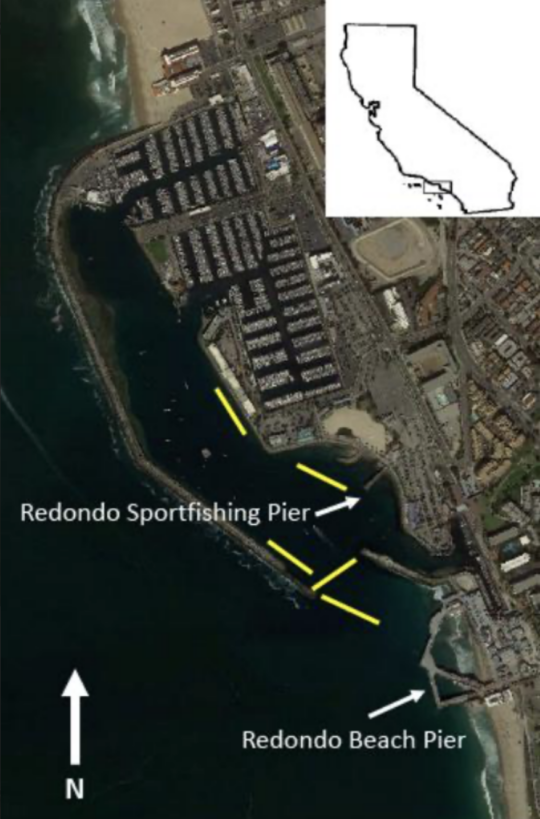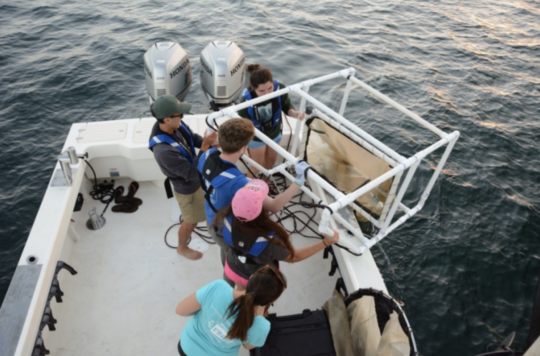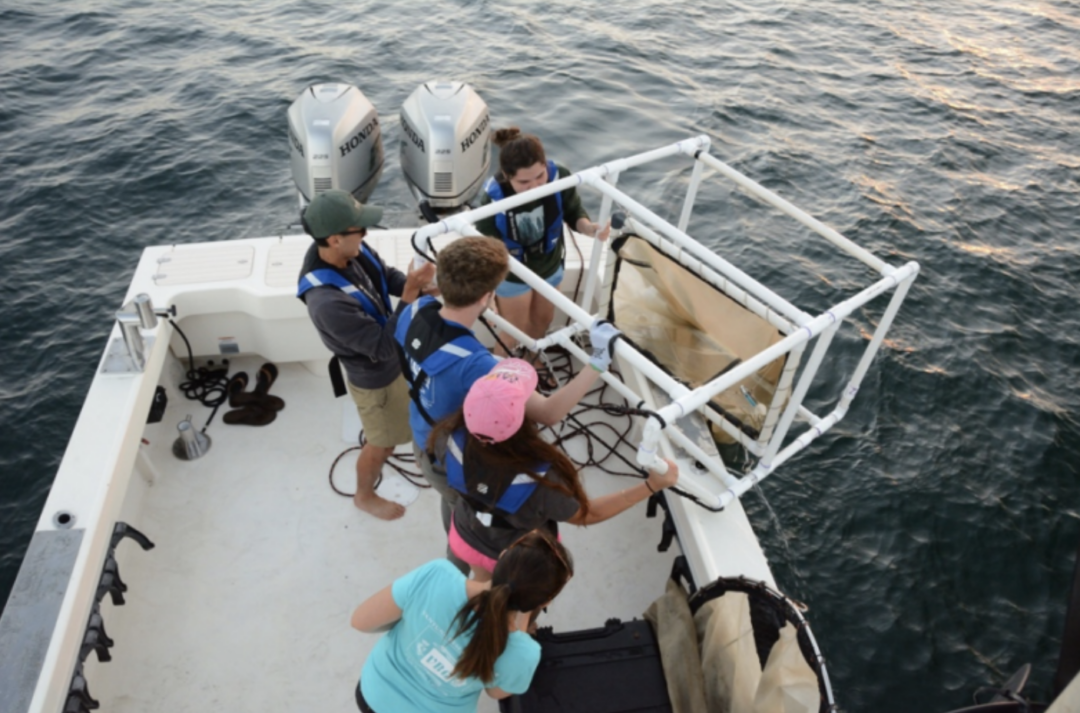What Factors Explain the High Rates of Fish Production Associated with Oil Platforms Off the Coast of California?
It is likely that the Pacific may be the first region where oil platforms in deeper water are going to be decommissioned, so the process in California has an opportunity to serve as a model for decommissioning elsewhere. The United States Bureau of Ocean Energy Management (BOEM) has responsibilities associated with environmental impacts of offshore platforms and there is debate about the ecological benefits of rigs as artificial reefs and, in turn, if, or to what extent, they should be dismantled. USC Sea Grant funded a study investigating which structural characteristics and local environmental conditions are associated with increased fish productivity on various California oil rigs; the goal is to provide insight into what drives high rates of production for both natural and man-made reef habitats in the Southern California Bight.
Key Results:
- Completed analysis of fish assemblages on 23 oil and gas platforms in California
- Water depth was the strongest driver of fish productivity; platform habitat shape and geographic location are important, but to a lesser degree.
- Many California platforms likely play a significant role as nursery grounds for a variety of fishes.
Project Impacts & Application:
- Results were shared with BOEM, California Department of Fish and Wildlife and other state and federal agencies
- Researchers recommend that the platform decommissioning process consider each platform individually and weigh the relative economic and ecological value of individual species
Principal Investigators:
- Jeremy Claisse, Ph.D., California State Polytechnic University, Pomona
- Daniel Pondella, Ph.D., Occidental College
Funding:
NOAA, 2016-2018
Additional Info and Publications:
- Meyer-Gutbrod, E. L., Love, M. S., Schroeder, D. M., Claisse, J. T., Kui, L., & Miller, R. J. (2020). Forecasting the legacy of offshore oil and gas platforms on fish community structure and productivity. Ecological Applications, 30(8), 1–16. https://doi.org/10.1002/eap.2185
- Love, M. S., Kui, L., & Claisse, J. T. (2019). The role of jacket complexity in structuring fish assemblages in the midwaters of two California oil and gas platforms. Bulletin of Marine Science, 95(4), 597–616. https://doi.org/10.5343/bms.2017.1131
- Love, M. S., Claisse, J. T., & Roeper, A. (2019). An analysis of the fish assemblages around 23 oil and gas platforms off California with comparisons with natural habitats. Bulletin of Marine Science, 95(4), 477–514. https://doi.org/10.5343/bms.2018.0061
- Meyer-Gutbrod, E. L., Love, M. S., Claisse, J. T., Page, H. M., Schroeder, D. M., & Miller, R. J. (2019). Decommissioning impacts on biotic assemblages associated with shell mounds beneath southern California offshore oil and gas platforms. Bulletin of Marine Science, 95(4), 683–702. https://doi.org/10.5343/bms.2018.0077
- Claisse, J. T., Love, M. S., Meyer-Gutbrod, E. L., Williams, C. M., & Pondella II, D. J. (2019). Fishes with high reproductive output potential on California offshore oil and gas platforms. Bulletin of Marine Science, 95(4), 515–534. https://doi.org/10.5343/bms.2019.0016
Pondella, D. J., Piacenza, S. E., Claisse, J. T., Williams, C. M., Williams, J. P., Zellmer, A. J., & Caselle, J. E. (2019). Assessing drivers of rocky reef fish biomass density from the Southern California Bight. Marine Ecology. Progress Series (Halstenbek), 628, 125–140. https://doi.org/10.3354/meps13103
Access our Publications Database to view publications from this project or other related topics



